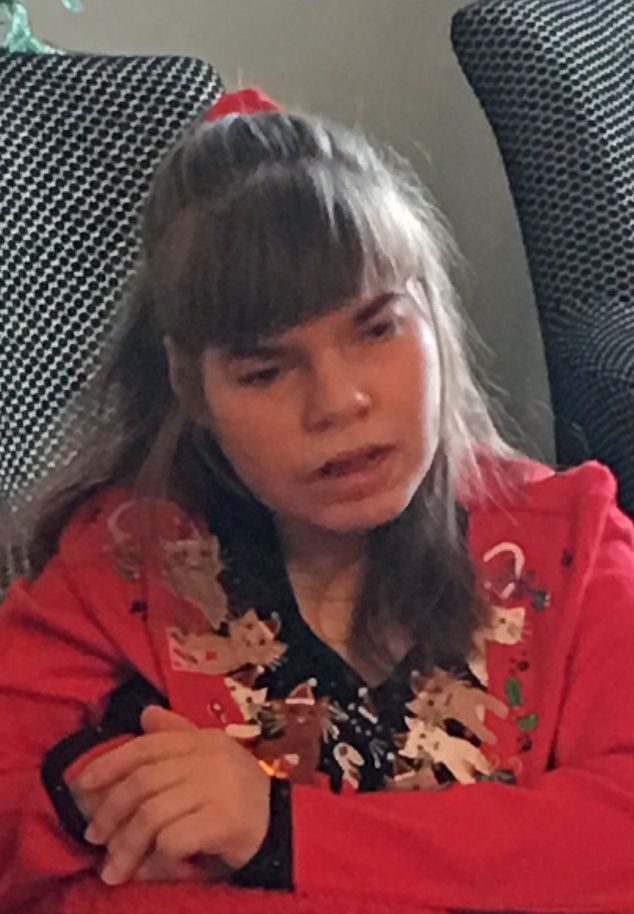Wild cabbage to Labradoodles: A Thanksgiving tale of genetic selection

MACOMB, Ill. — Silky smooth potatoes, snappy green beans, bright sweet potatoes, deep green collards and turkeys the size of Volkswagens. It is that time of year when someone in your family cooks like a chef on a reality TV show.
Once the yelling ends and smoke alarms are silenced, standing back from the table reveals a bountiful spread of food celebrating a fruitful year as did that celebration of the first Thanksgiving feast in October of 1621.
Yet the food on our tables is not simply plucked from nature. Most of what we eat has gone through hundreds if not thousands of years of selection. The Dawn of Agriculture, considered to have begun about 10,000 years ago, gave rise to the artificial selection of plant species. Early humans picked crops they liked to eat, favoring the best performers by selecting those for the next growing season and tossing out plants that did poorly.
Artificial selection over time enhanced traits such as olives with higher oil content or larger and sweeter tomatoes. One of the best examples of artificial selection is wild cabbage (Brassica oleracea) which popped up as one of our first crops 10,000 years ago. Wild cabbage can be found several times in ancient texts, meaning we have been munching on this plant for a long time.
Early farmers began the process of artificial selection for wild cabbage by picking certain traits of this plant and cultivating plants with those traits. Likely an ancient farmer noted that one wild cabbage had a tasty flowerhead, and one particular plant grew larger flowerheads than its siblings. Fast-forward thousands of years, we now have broccoli. Perhaps another farmer noted the tight, dense leaf buds at the base of a wild cabbage. Time travel to the present and you have cabbage. Not only is wild cabbage responsible for the development of broccoli and cabbage but also cauliflower, Brussels sprouts, kale, collard greens, savory, kohlrabi, and more. Essentially, what we have today are the exaggerated versions of ancient wild cabbage traits.
Plants within the wild cabbage group are still able to interbreed which has led to all types of novelty crops such as broccolini, broccoflower, and Brusselkale. In effect, we did to wild cabbage what we did to wolves. Picture in your head a wolf and then next to it a fluffy labradoodle. These are genetic modifications using traditional breeding methods.
We don’t need more to argue about at the Thanksgiving table, but if necessary to divert away from politics consider an argument of science such as genetic engineering (GE). Like artificial selection, genetic engineering is a manipulation of genes. Early GE techniques were like using a wrecking ball on DNA, they were inaccurate and just about as random as traditional breeding. Current technology like CRISPR (Clustered Regularly Interspaced Short Palindromic Repeats) is more akin to a scalpel for gene editing.
This higher level of GE technology has allowed humans to not only cross desirable traits within a species but to cross to entirely different species. It is how we have Bt-corn. Bt (Bacillus thuringiensis) is a bacterium that is toxic to caterpillars. Scientists were able to insert those Bt genes into field corn, lessening the damage of pest caterpillars like corn earworm. Think back to our wolf-to-dog example using traditional breeding from before, except this time we are using CRISPR to edit our labradoodle’s DNA to insert the firefly gene for bioluminescence so our dogs will glow in the dark.
As we gather around the table this Thanksgiving, realize the food in front of you has come from generations of artificial selection and in some cases recent decades of GE work in a lab. Thank you to those farmers and scientists, both ancient and modern, who have worked to keep our tables full. Now I think I’m going to investigate patenting my glow-in-the-dark dog idea.
Happy Thanksgiving!
Miss Clipping Out Stories to Save for Later?
Click the Purchase Story button below to order a print of this story. We will print it for you on matte photo paper to keep forever.

